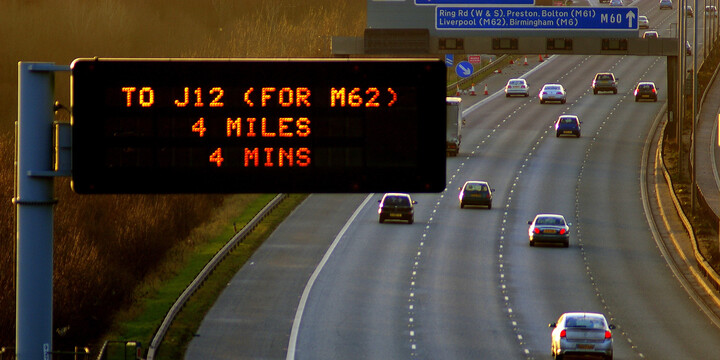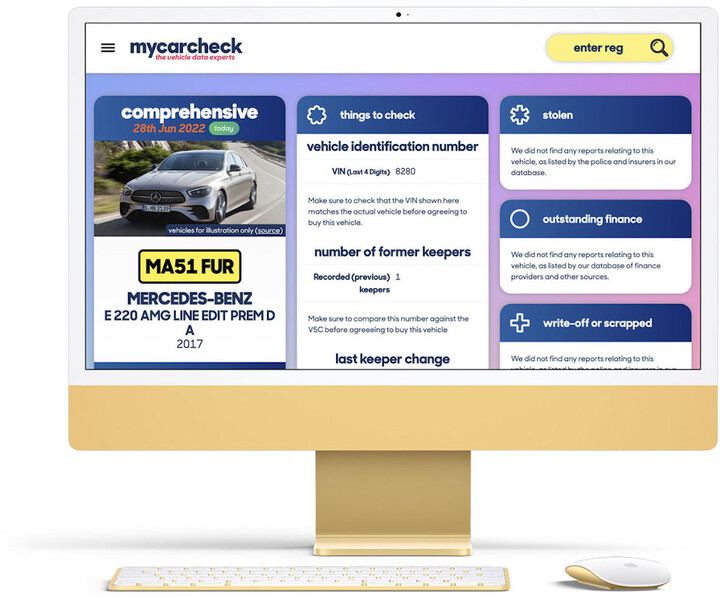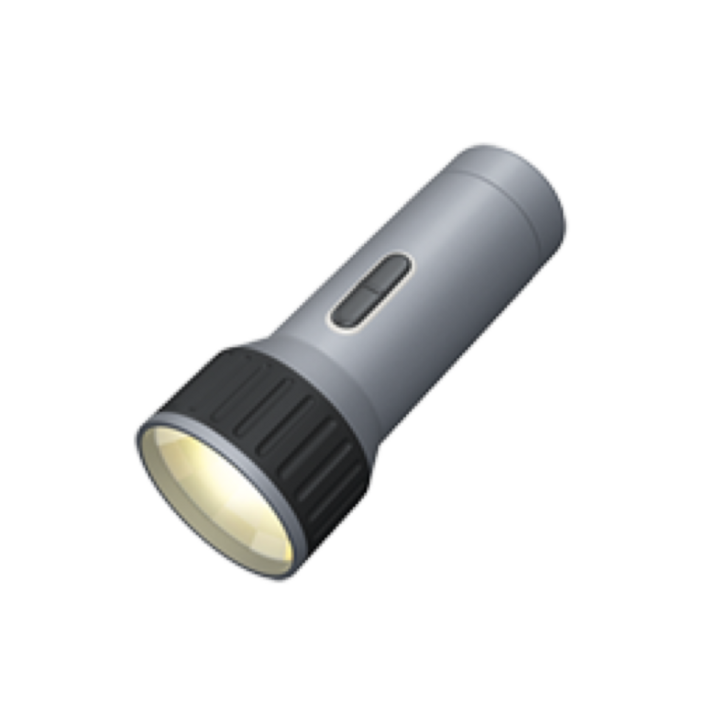
is this the end for smart motorways?
FREE Car History Check
See MOT history, valuations, detailed specs and more… AND upgrade to see if any vehicle has been stolen, has finance or has been written off from just £4.99
One of the latest features of modern roads are smart motorways, which use cameras to monitor traffic and open or close individual lanes when needed.
However, despite their undoubted benefits, there are concerns that these systems may actually be more dangerous than ordinary motorways, in part because it is difficult for drivers to understand exactly what is happening in the system.
If this turns out to be true then it raises serious questions about how much longer smart motorways will continue to feature on UK routes.
What is the problem with smart motorways?
One of the main arguments against smart motorways is that many drivers simply do not get them at all. One study by JCDecaux found that nearly three-quarters of drivers did not know anything about smart motorways before they were told about them.
It is likely that this lack of knowledge means that some drivers allow the cameras to change the road around them, without actually understanding why it has happened.
This can lead to dangerous situations, especially when you consider that a third of accidents on motorways are a result of people cutting lanes and failing to get back into place before they reach slower traffic.
Although since 2014 more advanced signage has been introduced on smart motorways, older signs have caused confusion for many drivers. Inspectors found several sections where instead of being accurate, signage was not clear enough for drivers, which led to some sections having their electronic speed limiters removed while others didn't.
Another problem with these signs is that it can be difficult to understand what the speed limit is on some sections of smart motorway, especially when there are several different ones close by.
Drivers are also confused about whether their satellite navigation systems are actually safe to use on these roads. The government does not currently require all smart motorways to be updatable with every new technology, meaning that drivers who rely on sat-navs may find themselves out of luck if they try to use it on a local road instead. With so many people relying on sat-navs for driving directions, this has the potential to cause huge problems throughout the entire country.
One final safety concern is that cars can sometimes cut across lanes without using an official crossing point, which could lead them into dangerous situations.
How do you know if you're on a smart motorway?
The first thing you should do if you're driving and not quite sure whether you're on a smart motorway or not is to check the road signs - that will usually be enough to tell you.
If it's an older sign, however, it may not be as descriptive as it could be, so the best thing to do is look for signs showing cameras or 'red Xs' along with arrows. These are indications of smart motorways. The biggest tip-off is probably the electronic speed limit signs popping up regularly alongside these roads - these can often take drivers by surprise and cause them to pull over suddenly just before they realise what's going on and slow down again.
Another way that sat-nav information can help drivers understand when they're on a smart motorway is if it displays a red X near the road's name when they try to navigate to it.
Don't rely entirely on sat-navs, though: in 2010, one driver who was supposed to be on a smart motorway and had checked his sat-nav before setting off found himself unable to use the hard shoulder when he broke down and needed emergency assistance.
Are smart motorway speed limits legal?
One of the main problems with smart motorways is that drivers are confused about what speed they should be driving at.
One problem stems from the fact that every section of smart motorway has its own differing speed limit, which means that it can be hard for drivers to keep up with them. This could be an issue when gantries change signs rapidly without giving any warning, which often only manages to confuse motorists even more.
Another problem with these limits is that sometimes they do not always match up with the legal speeds on traditional roads, so it may seem like you are speeding if you go by what your sat-nav says instead of using the electronic tags. Given how much trouble this has caused in the past, it's best to keep as up-to-date as possible with these limits.
Only drive as fast as you feel comfortable driving at any given time - you can't be expected to go by the speed limit sign if it doesn't correctly match the legal speeds of a traditional road. The best way to avoid penalties is to read and understand all warning signs and follow the advice they give so that you know what speed limit applies in that situation.
Are smart motorways going to be scrapped?
The future for smart motorways in the UK is uncertain. Although they have been installed on many roads since their conception, there are several issues that complicate whether or not these will be scrapped. One of the most important issues is that many drivers do not understand how smart motorways work and therefore find themselves in difficult situations when they encounter them, such as driving across lanes or trying to use sat-navs near them.
Many people who oppose these roads argue that this is because they are poorly lit and marked, meaning they will likely face problems. There are also worries that these roads are dangerous for pedestrians, cyclists and other drivers who try to use the hard shoulder when they shouldn't be.
It is likely smart motorways will still exist in the future but perhaps not to the scale it has been used until now. Drivers need to read up more about them so they can be aware of the rules and limits and not put other road users at risk.
Some think they should be more brightly lit and better signposted so that drivers can understand them properly. These modifications will hopefully prevent confusion over speed limits and keep everyone safer on UK roads.














